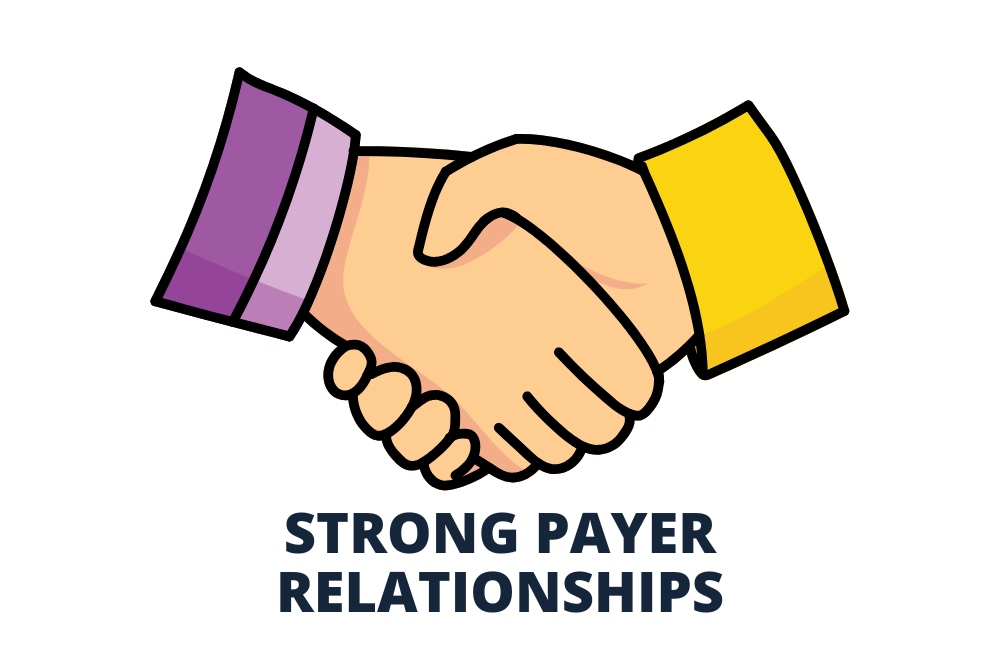In today’s rapidly evolving healthcare landscape, strong relationships with payer representatives are more than just beneficial; they are essential. For practice managers, healthcare providers, and owners, these partnerships help enhance patient care, improve financial outcomes, and streamline administrative processes. The key to success? Treating payers as strategic partners, fostering flexibility, and finding common ground for mutual benefit.
Understanding the Payer’s Perspective
To build lasting relationships, you need to understand the challenges payers face. Insurers prioritize cost control, quality improvement, and value-based care. Recognizing the differences between large national insurers and smaller regional Medicaid providers allows you to tailor your approach effectively. Aligning with their goals, such as reducing readmission rates, increasing wellness visits, and managing chronic conditions, positions you as a valuable partner rather than just a service provider.
Winning Strategies for Strong Payer Partnerships
1. Maintain Professionalism & Credibility
Every interaction, from contract negotiations to everyday communications, should be professional and respectful. Consistency builds trust and enhances credibility.
2. Use Data to Strengthen Your Position
Leverage data analytics to showcase positive patient outcomes. Understand the payer’s key performance indicators (KPIs) and provide insights demonstrating your contribution to their success.
3. Implement a Data-Sharing Strategy
Transparent, accurate data sharing is essential for collaboration. A solid strategy enables better monitoring, reduces inefficiencies, and enhances performance in value-based care arrangements.
4. Foster Long-Term Relationships
Building trust and transparency lays the foundation for enduring partnerships. Explore models like joint ventures to align goals and create mutual accountability.
5. Optimize Communication Channels
Establish clear, proactive communication with regular updates, dedicated points of contact, and timely responses. Effective communication strengthens relationships and prevents misunderstandings.
6. Leverage Technology for Efficiency
Invest in advanced technologies like machine learning and natural language processing (NLP) to enhance coding accuracy and revenue cycle management. Telehealth and patient portals can further improve collaboration and data sharing.
The Power of Collaboration
Payer relationships extend beyond contract negotiations. By embracing collaboration, data-driven strategies, and open communication, you can drive positive change in healthcare. Prioritizing these connections creates a win-win scenario, improving patient outcomes, increasing operational efficiency, and ensuring financial sustainability.

